Scientists Make Major Breakthrough and Answer Question: Where Did The Earth’s Water Actually Come From?
For years, scientists have puzzled over the origins of Earth’s water. Despite water covering 71% of the planet’s surface, the question remains: where did it all come from?
Researchers have proposed various theories, from water arriving on asteroids to Earth producing it internally.
New Research from Caltech
Recently, scientists from the California Institute of Technology made a significant breakthrough.

Source: Freepik
They suggest that Earth formed from dry, rocky materials. This means water must have arrived later in Earth’s history, a major shift from previous theories.
Formation of Earth
Earth dates back around 4.5 billion years. Understanding its formation is key to solving the water mystery.

Source: NASA/Interim Archives/Getty Images
The new study indicates that water was not present during the initial formation stages but was added in the last 15% of Earth’s formation.
Examining Earth's Magmas
One way to study Earth’s formation is by examining magma from deep within the planet.
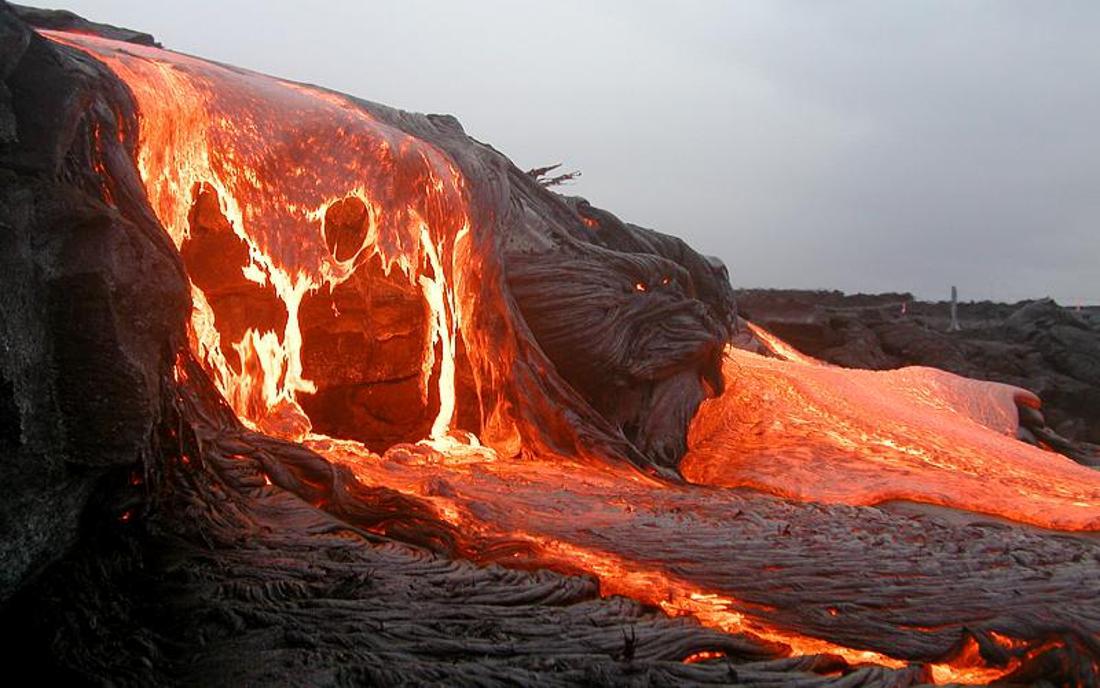
Source: Wikimedia
These magmas eventually reach the surface as lava, providing valuable information about Earth’s interior and its history.
Layers of Earth's Mantle
The parental magmas of lavas come from different depths within Earth.
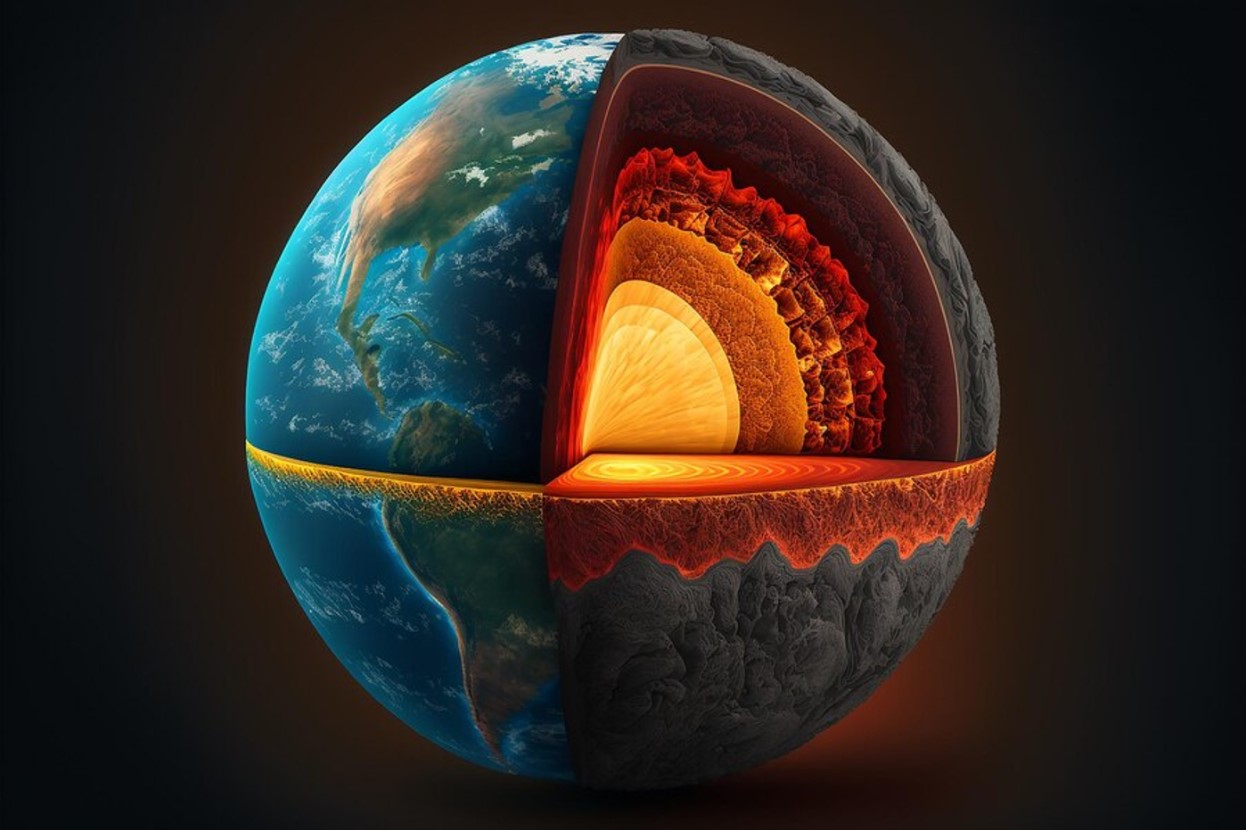
Source: Freepik
The upper mantle starts about 15 kilometers below the surface and extends to about 680 kilometers. The lower mantle reaches down to the core–mantle boundary at about 2,900 kilometers.
Volatiles in the Mantle
The study found a lack of volatiles, which are chemicals that easily evaporate, including water, in the deep mantle.
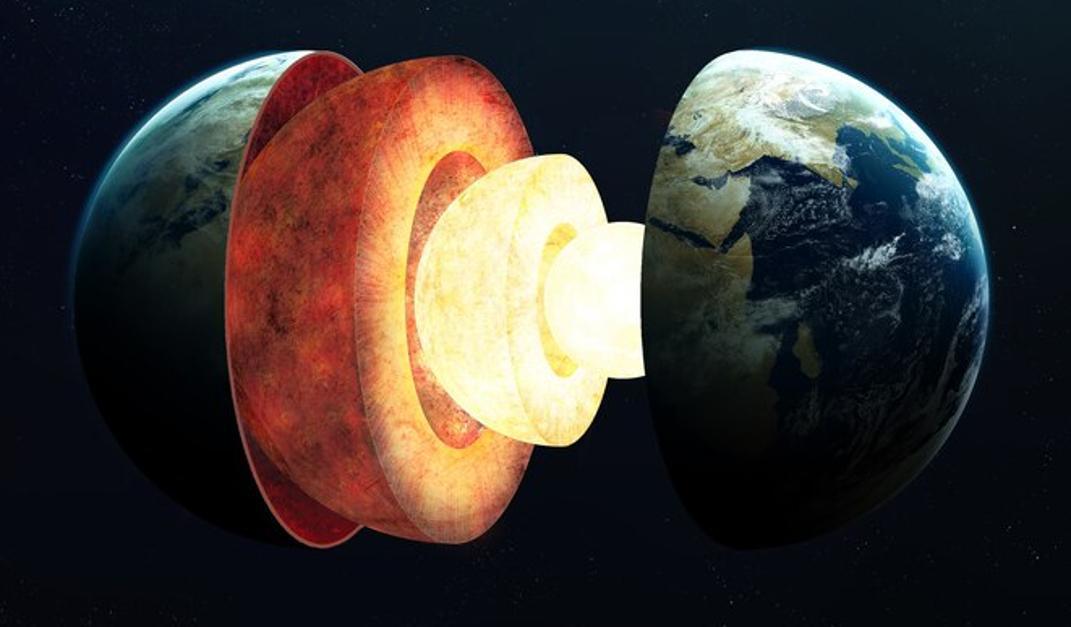
Source: Freepik
However, the upper mantle showed an abundance of these volatiles. This suggests that Earth initially formed from hot, dry materials.
Water Arrived Later
The research suggests that Earth’s water arrived later in the planet’s history.

Source: Emiliano Arano/Pexels
Dr. Francois Tissot, who led the study, emphasized that “a major addition of life-essential volatiles, including water, only occurred during the last 15 per cent (or less) of Earth’s formation.”
Implications for Other Planets
These findings could have implications beyond Earth.
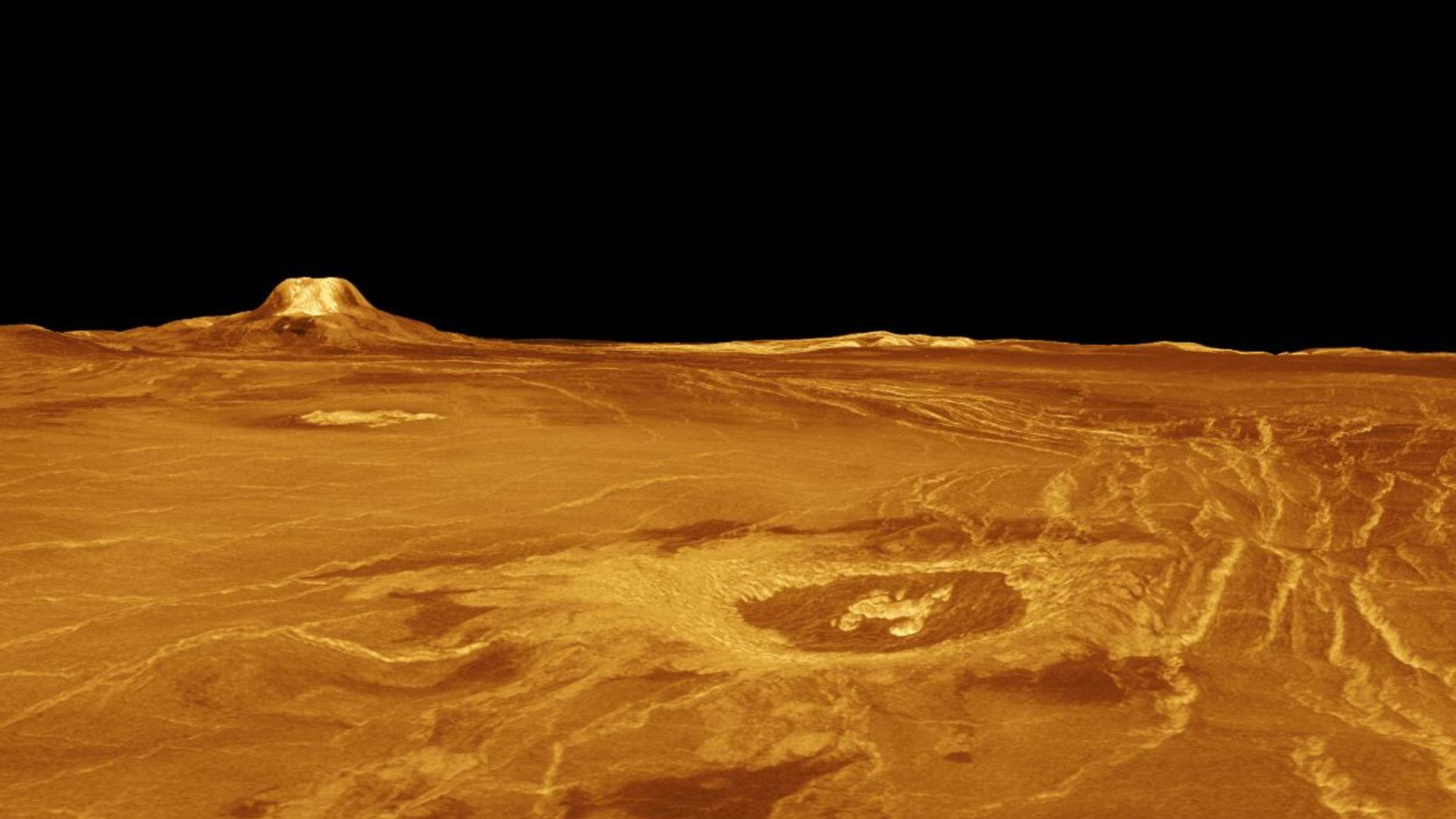
Source: NASA/Wikimedia Commons
Understanding how water arrived on Earth can help scientists study other rocky planets in our solar system, such as Venus and Mercury, and their potential to harbor water and life.
The Importance of Space Exploration
Dr. Tissot highlights the importance of space exploration. He notes that while outer planets are crucial for finding extraterrestrial life, the inner solar system should not be overlooked.
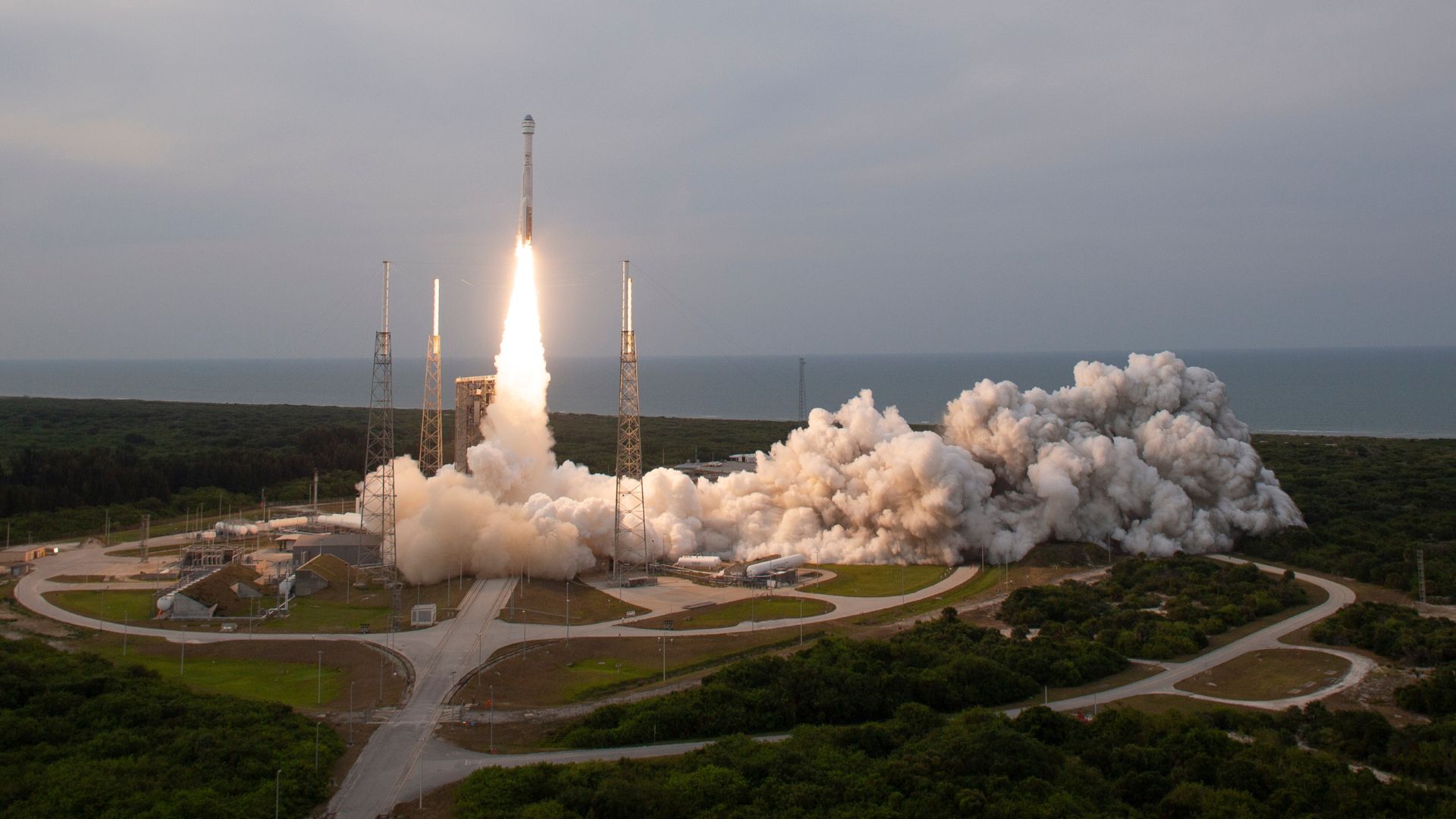
Source: NASA/Joel Kowsky/Wikimedia Commons
Venus and Mercury, for example, need more exploration to understand their formation and history.
Future Research Goals
The researchers hope their findings will spur more studies on Earth’s formation and its volatile history.
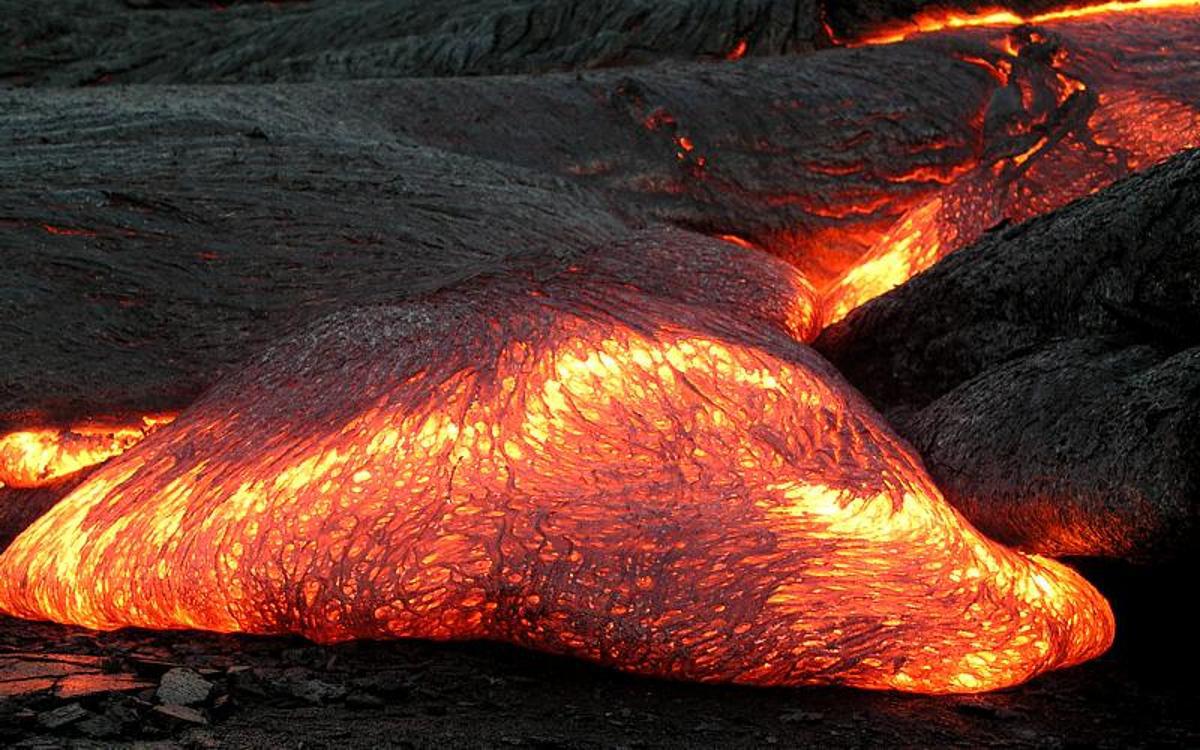
Source: Wikimedia
They believe that by exploring magmas and planetary layers, scientists can unravel more of Earth’s and other planets’ secrets.
Supporting Quotes
Dr. Tissot states, “Space exploration to the outer planets is really important because a water world is probably the best place to look for extraterrestrial life.”
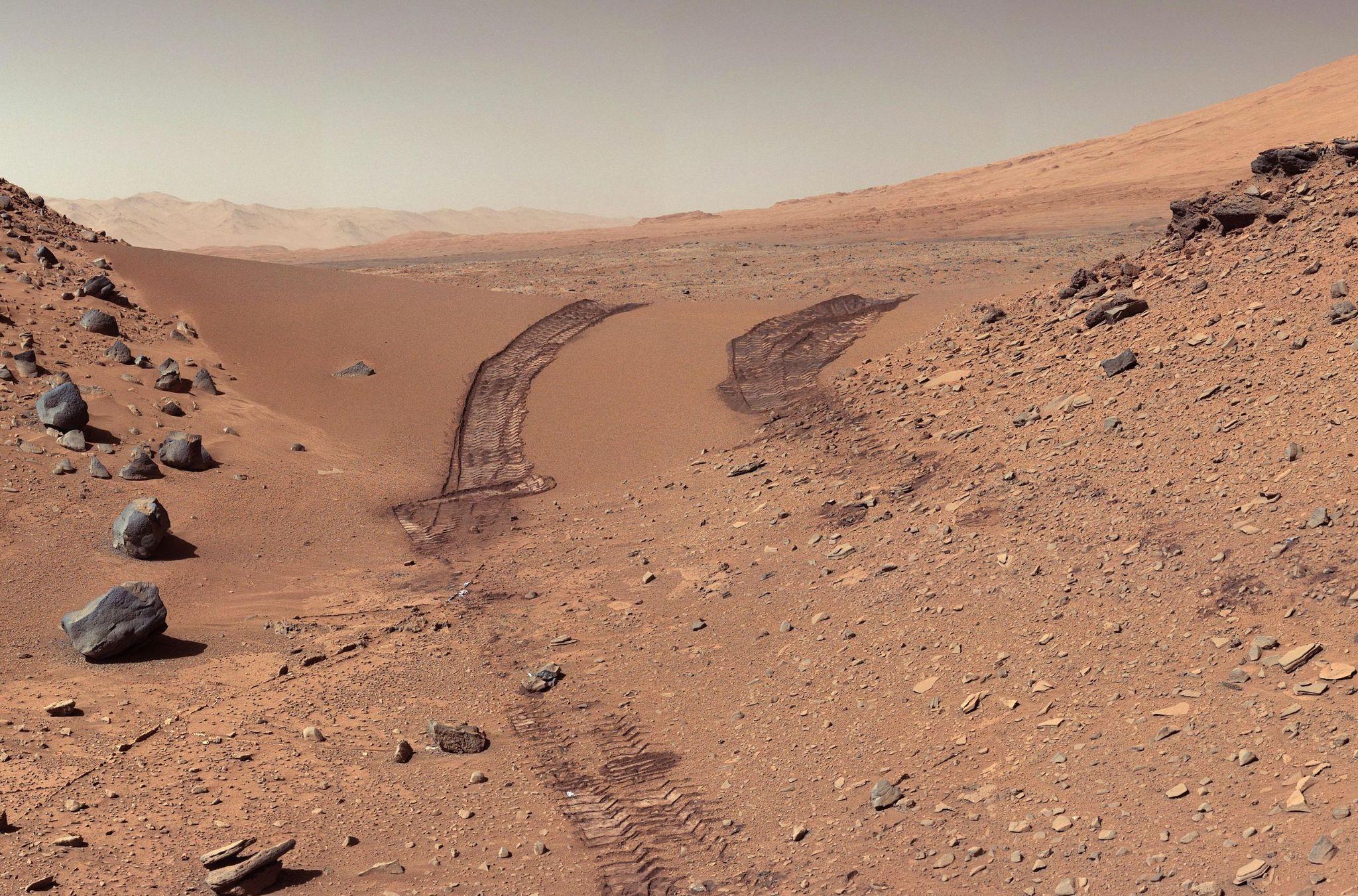
Source: Wikimedia
This shows the broader implications of their research for astrobiology and planetary science.
Continuing the Quest
The quest to understand Earth’s water origins continues.
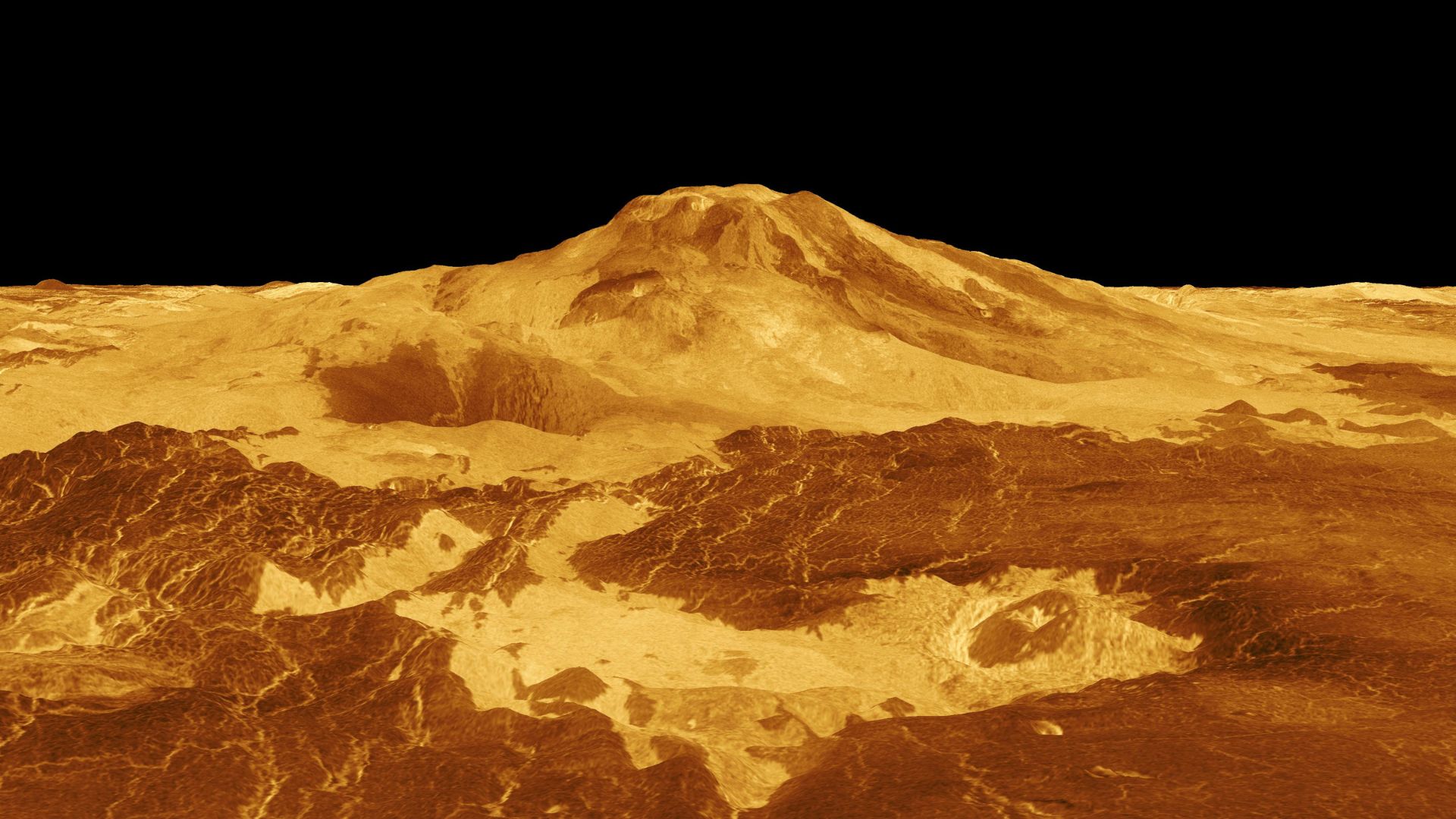
Source: Public Domain/Wikimedia Commons
With new technologies and ongoing research, scientists are closer than ever to solving this ancient mystery, providing insights that could change our understanding of planetary formation and the potential for life beyond Earth.
